Building Automation
Discover intelligent building automation for projects of all kinds
Whether in offices, business premises, residential buildings, hotels, restaurant, warehouses or special applications – by using Loxone technology, the value of each building and the return on investment can be significantly reduced through real energy management. In addition, the building automatically adapts to the needs of the users in the building and thus ensures a pleasant and comfortable everyday life.
Whether in offices, business premises, residential buildings, hotels, restaurant, warehouses or special applications – by using Loxone technology, the value of each building and the return on investment can be significantly reduced through real energy management. In addition, the building automatically adapts to the needs of the users in the building and thus ensures a pleasant and comfortable everyday life.
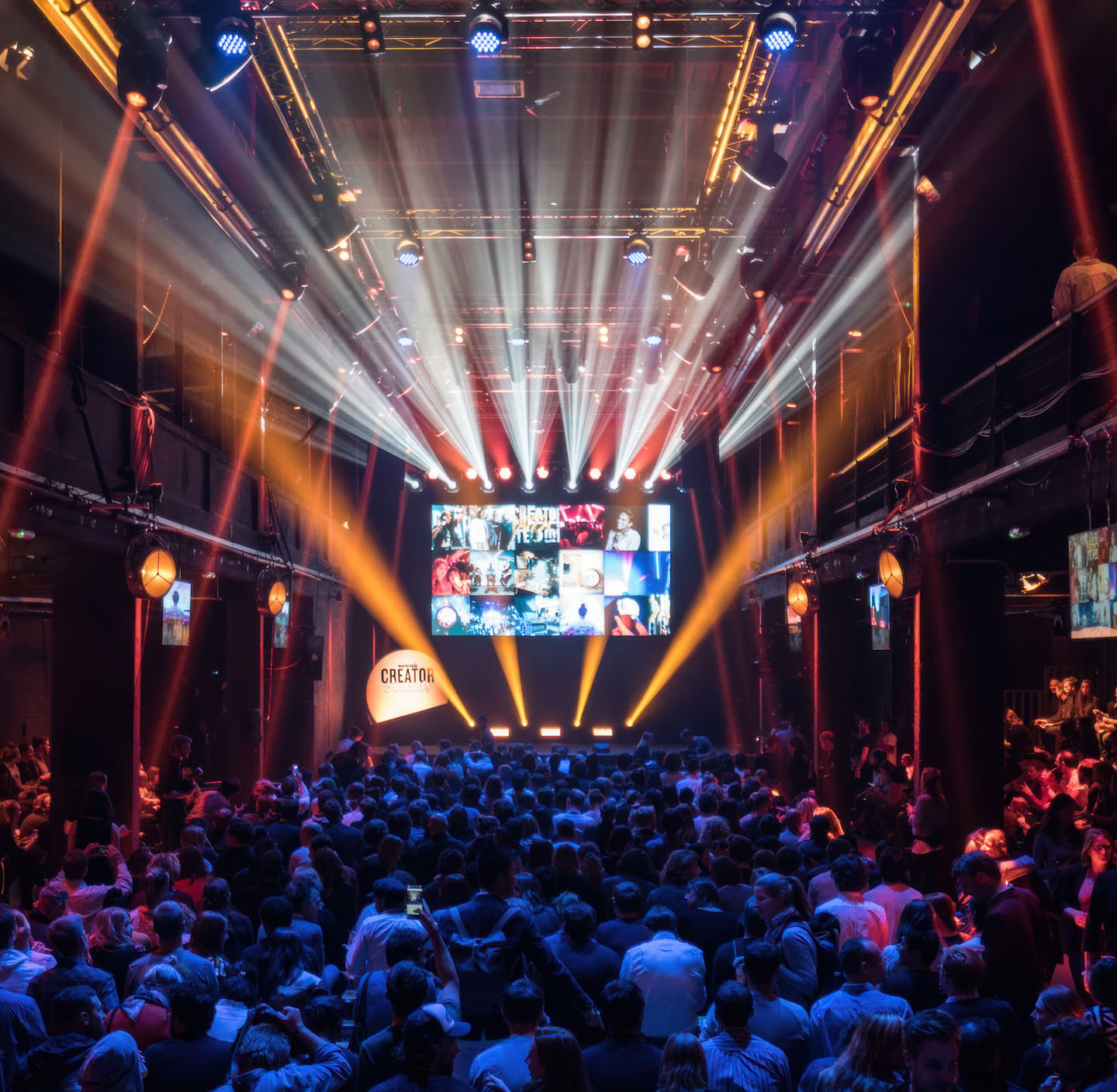
The ROI Turbo for Your Building
Investors, operators and users of buildings benefit equally from an investment in Loxone building automation. Additional costs for intelligent building technology are usually amortized in a short period of time thanks to the great savings potential.
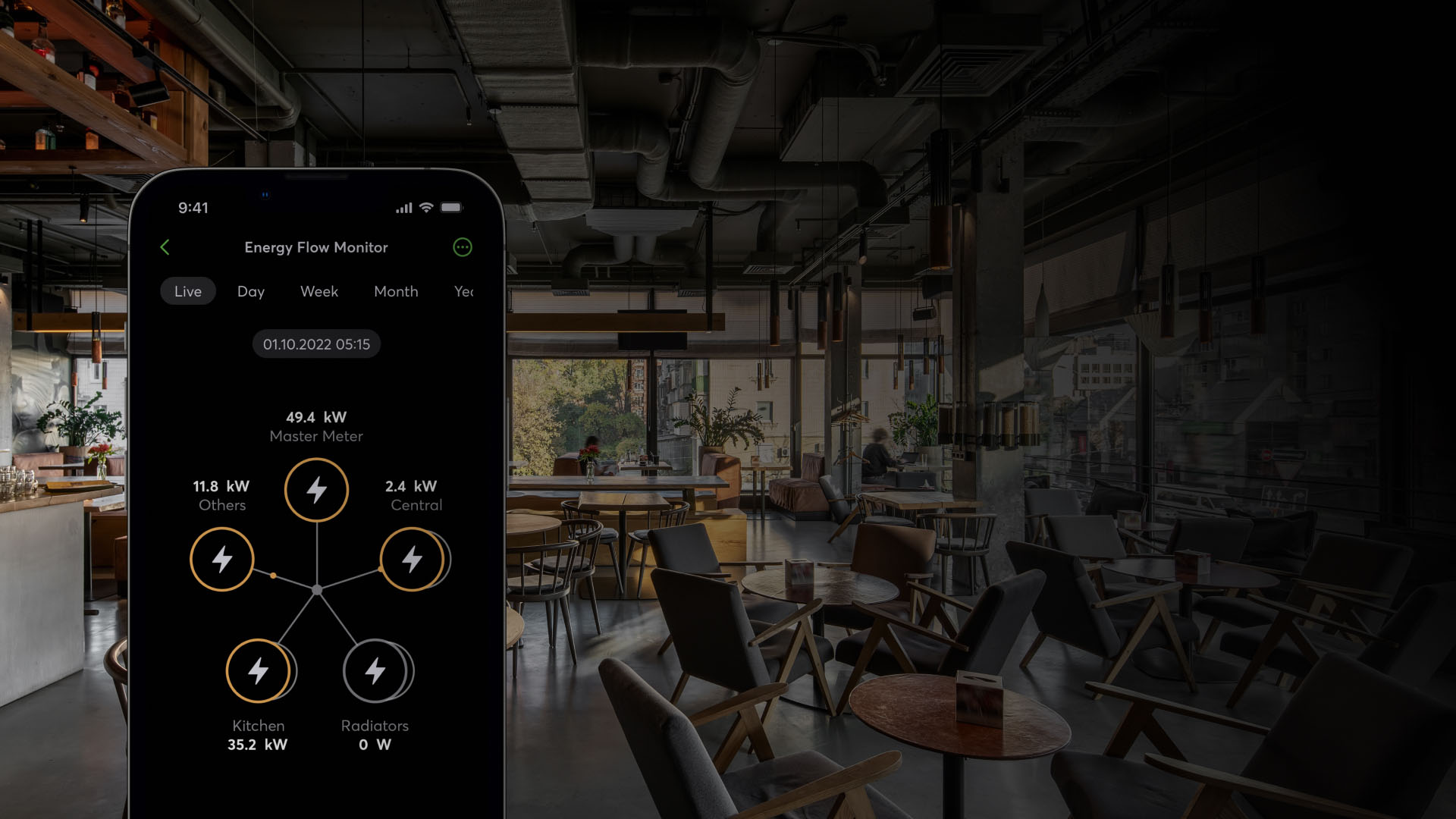
In only one restaurant of a global franchise brand, 14,000 kWh of energy are saved monthly with Loxone. The energy saved is offset by a return on investment of less than one month for Loxone technology.
Efficiency, Safety and More:
Why Building Automation Pays Off
Optimization of Operating Costs
The intelligent control of lighting, heating, ventilation, air conditioning and much more reduces energy consumption enormously. This leads to significant savings in operating costs.
The integration of PV systems is another way of increasing energy efficiency. In this way, the self-produced electricity is used in a targeted manner and self-consumption is increased. In the Loxone App, all relevant energy management data is visualized in an appealing way. Detailed statistics provide helpful information and allow further energy saving potentials to be uncovered.
In order to unleash the full potential of building automation and benefit from the savings, a holistic approach is important. Thanks to the flexibility of Loxone, the system can be expanded at any time and the scope can be adapted to each project individually.
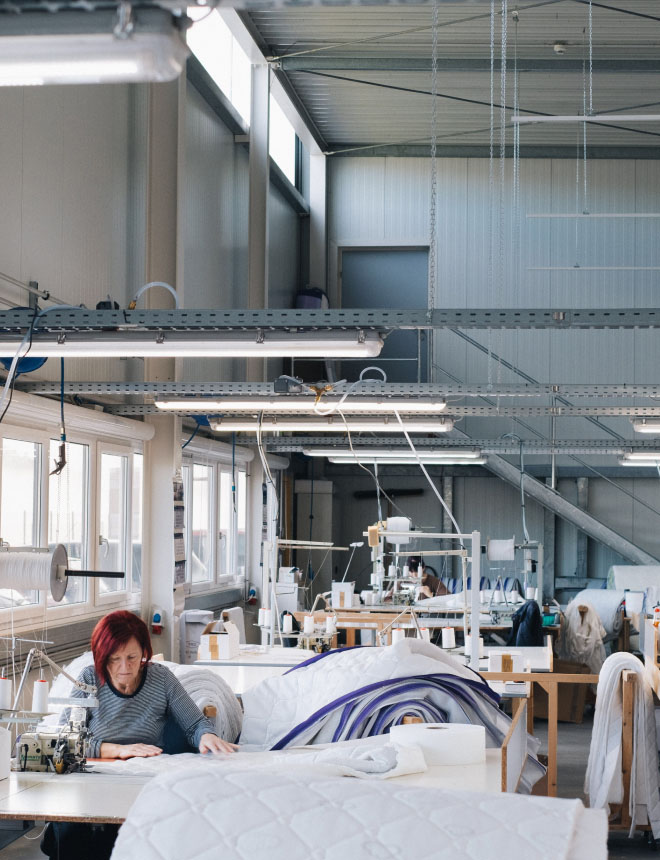



Optimization of Operating Costs
The intelligent control of lighting, heating, ventilation, air conditioning and much more reduces energy consumption enormously. This leads to significant savings in operating costs.
The integration of PV systems is another way of increasing energy efficiency. In this way, the self-produced electricity is used in a targeted manner and self-consumption is increased. In the Loxone App, all relevant energy management data is visualized in an appealing way. Detailed statistics provide helpful information and allow further energy saving potentials to be uncovered.
In order to unleash the full potential of building automation and benefit from the savings, a holistic approach is important. Thanks to the flexibility of Loxone, the system can be expanded at any time and the scope can be adapted to each project individually.
Safety for People and Buildings
Smoke detectors, water sensors, as well as temperature and humidity sensors help prevent damage to the building. In addition, doors and windows can be monitored with Loxone. The Loxone access system ensures that only authorized people have access to selected areas.
If a certain event occurs, such as smoke development, the building will inform you immediatly. It doesn’t matter whether it’s an acoustic alarm, a push notification on the smartphone, a telephone alarm chain, etc–the operators can react quickly and minimize potential damage.
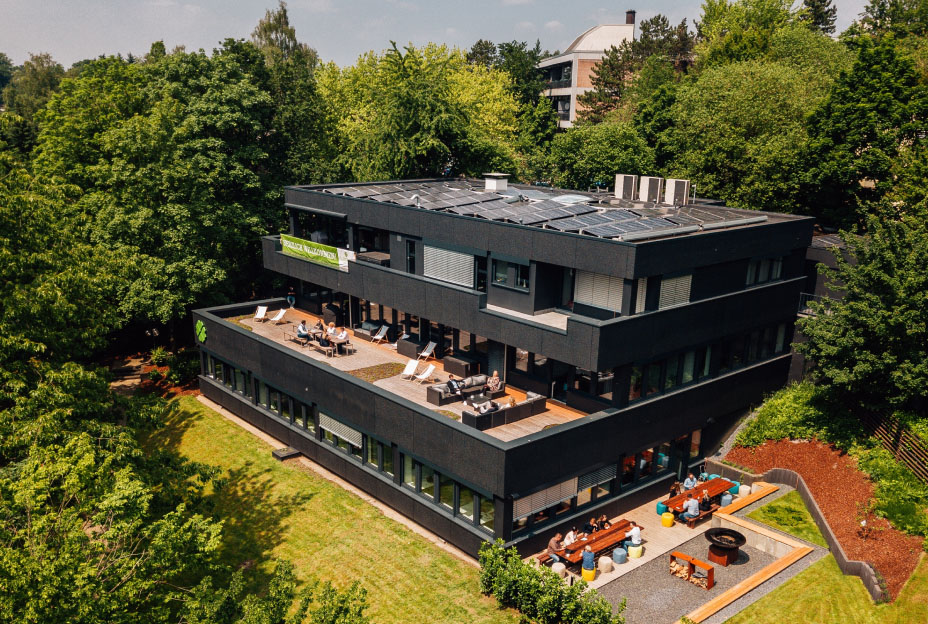

Comfort for operators, users and residents
Valuable time and energy can be saved by automating heating, ventilation, air conditioning, lighting, shading and more. Lighting, shading and room climate automatically adapt to the needs of users in the building and, thus, ensure a pleasant and comfortable everyday life. This also leads to an improved well-being and higher performance. Manual intervention is possible at any time via controls or in the Loxone App thanks to the simple and intuitive operating concept.
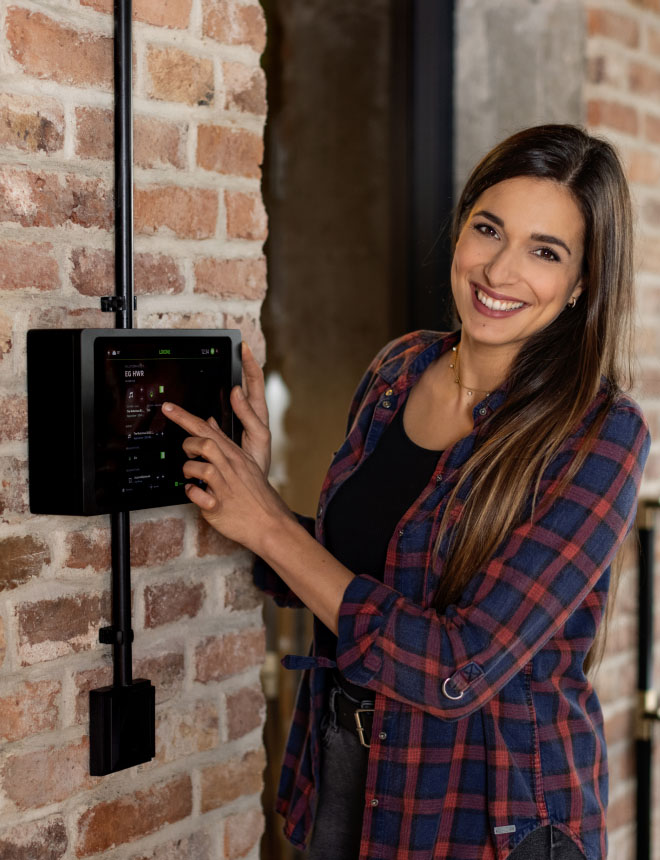





Comfort for Operators, Users and Residents
Valuable time and energy can be saved by automating heating, ventilation, air conditioning, lighting, shading and more. Lighting, shading and room climate automatically adapt to the needs of users in the building and, thus, ensure a pleasant and comfortable everyday life. This also leads to an improved well-being and higher performance. Manual intervention is possible at any time via controls or in the Loxone App thanks to the simple and intuitive operating concept.
Areas of Application for Building Automation
The automation of buildings ensures more comfort and efficiency in numerous areas. Discover the different areas of application here:



Office & Business Premises
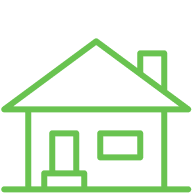


Prefab House



Hospitality
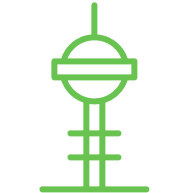


Special Applications



Ambient Assisted Living
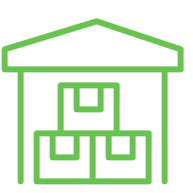


Warehouses
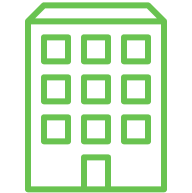

Apartments & MDUs



Office & Business Premises



Hospitality



Ambient Assisted Living


Apartments & MDUs



Prefab Houses



Special Applications



Warehouses
What Industry Professionals Have to Say
We can also monitor the energy consumption, for instance, of every single booth [in the restaurant]. The owner can view the statistics of every one of them in the App right away. There is no monthly fee, which is awesome! I don’t think any other solution out there does that.«
Sebastian Jofre
I no longer have to worry about what’s going on in the building. This creates a level of security that can be achieved through a direct connection to the investment.«
Ricardo Young
Victory Restaurant & Lounge
The flexibility of the system, even with unexpected changes during the projects, has made it my go to system. To date we have been able to solve all unexpected pre-construction/electrical and wiring issues with Loxone by combining their link, air and tree technology.«
Daniel López
The Technology behind Loxone



Loxone Tree
The Loxone Tree technology aims to reduce the planning, cabling and commissioning effort to a minimum. With Loxone Tree, we are entering a new era of intelligent building technology.


Loxone Air
With radio-based Loxone Air technology, it is possible to automate any existing building. Subsequent istallation (retrofit) is easy to implement, can be expanded flexibly and, thus, enhances every investment.
The Miniserver – Full Scalability, Endless Possibilities
The Miniserver is the heart of every Loxone installation. It revolutionized and permanently changed the world of building automation. Specially developed for the professional electrician, the Miniserver works as a central control unit.
Easy Networking



Tree Intercommunication
Tree Intercommunication enables simpler, safer and more stable communication between different areas of a building (e.g. office, warehouse, ventilation center, …). Communication works independently of the local data network and is, therefore, extremely stable and maintenance-free.


Network Intercommunication
Network Intercommunication enables data to be exchanged between several Miniservers that are connected via a network via their Ethernet interface. This allows you to connect parts of the building to one another over greater distances.


Multiplicator
The Multiplicator simplifies the configuration of large projects significantly. Wherever several Miniservers are used in a project, the same configuration can now be transferred to all Miniservers with just one click. Of course, each configuration can still be adjusted individually.


Trust
Loxone Trust is a unique feature that makes cross-location user management easy. For example, this is an enormous advantage especially for companies with several buildings. This way, the employees in every building of the company are granted identical access without having to create them individually.


Client Gateway
In a Gateway-Client system, one Miniserver manages other Miniservers as a gateway, which are linked as clients. In commercial buildings, for example, a Miniserver could serve as a gateway in the technical room. A client Miniserver is then located in parts of the building such as in the office, factory, warehouse, etc.
Interfaces & Extensions
In addition to our own products, many third-party providers can be integrated into Loxone’s building automation through numerous open interfaces if desired. Loxone supports, among others, BACnet IP, LON, RTU/TCP, EEBUS, RSR232, SIA DC-09, and many more. The needs of each building and user can be adapted flexibly through numerous extensions.
The openness of the Loxone system is documented in the Loxone Library. All templates and plugins for easy and quick integration of various third-party products are recorded there.
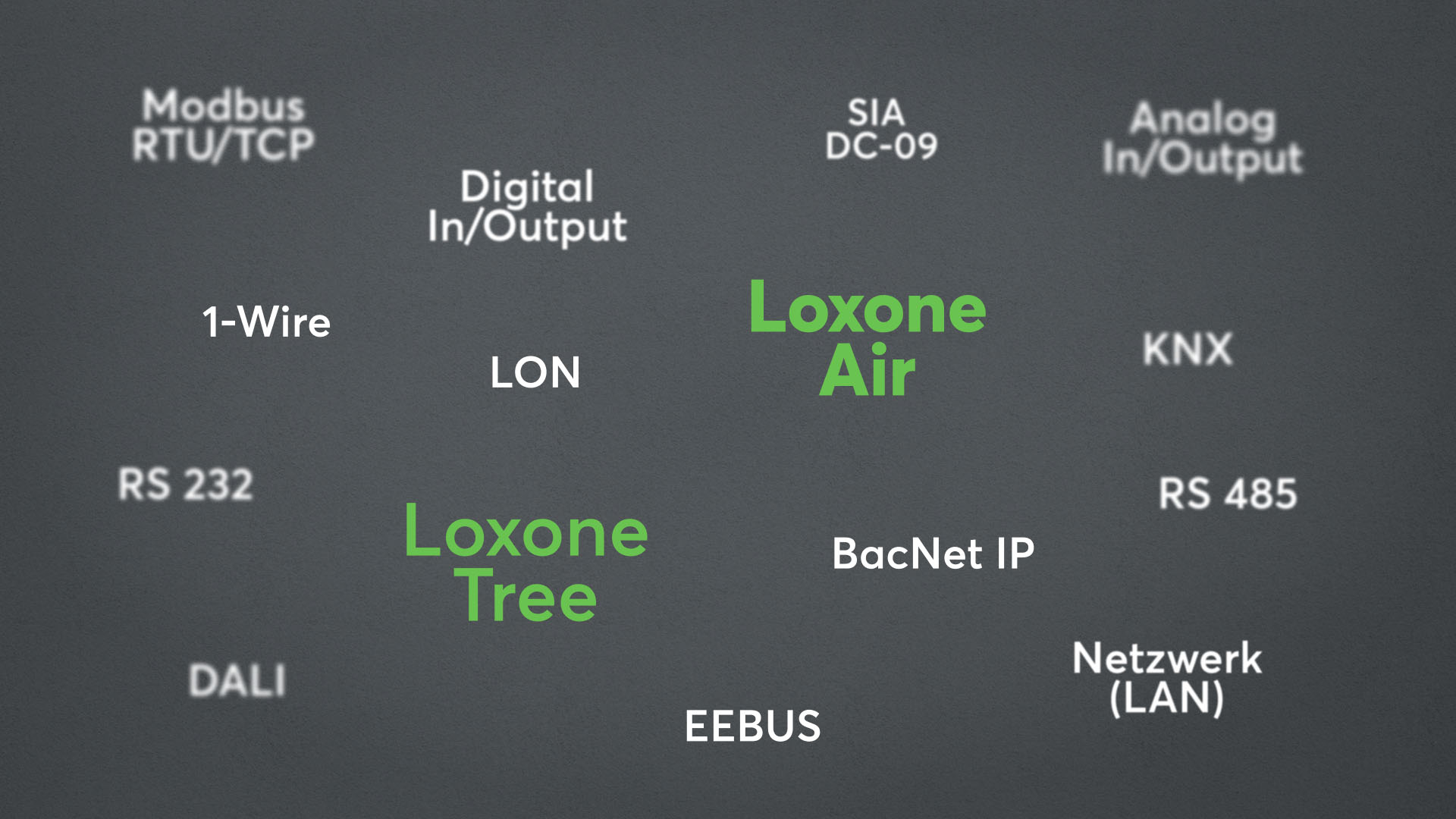

Revolutionary Software
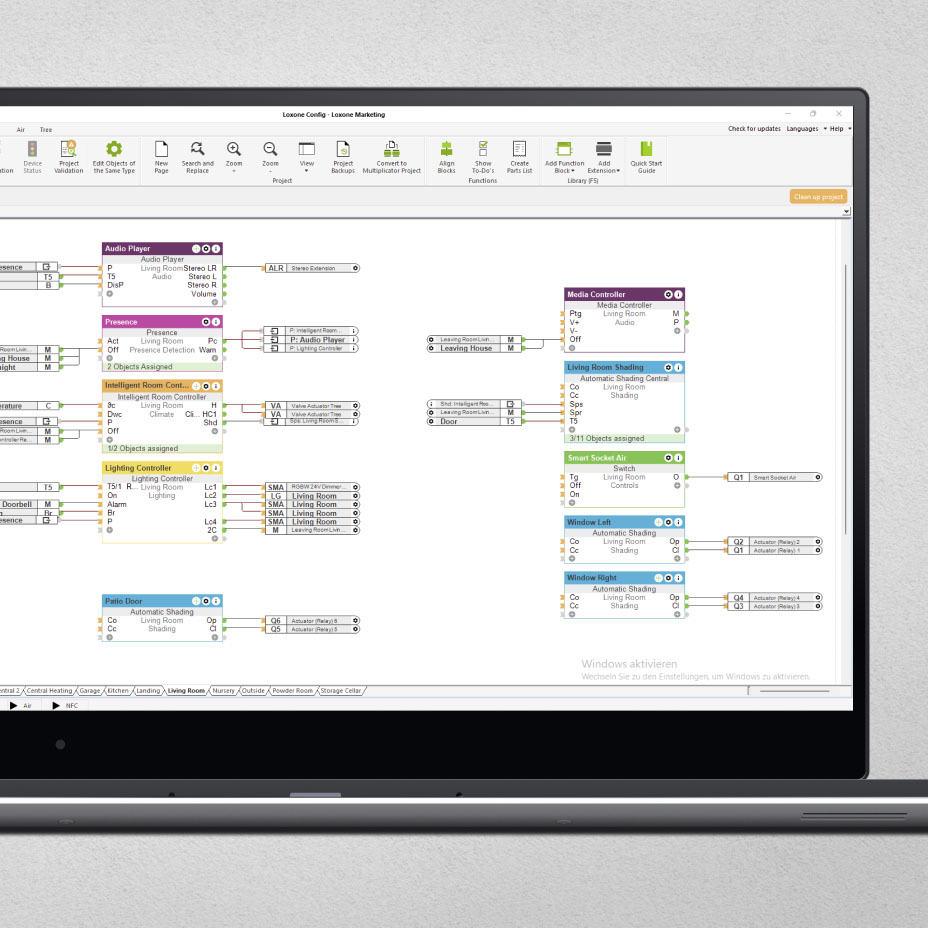

The Loxone Config
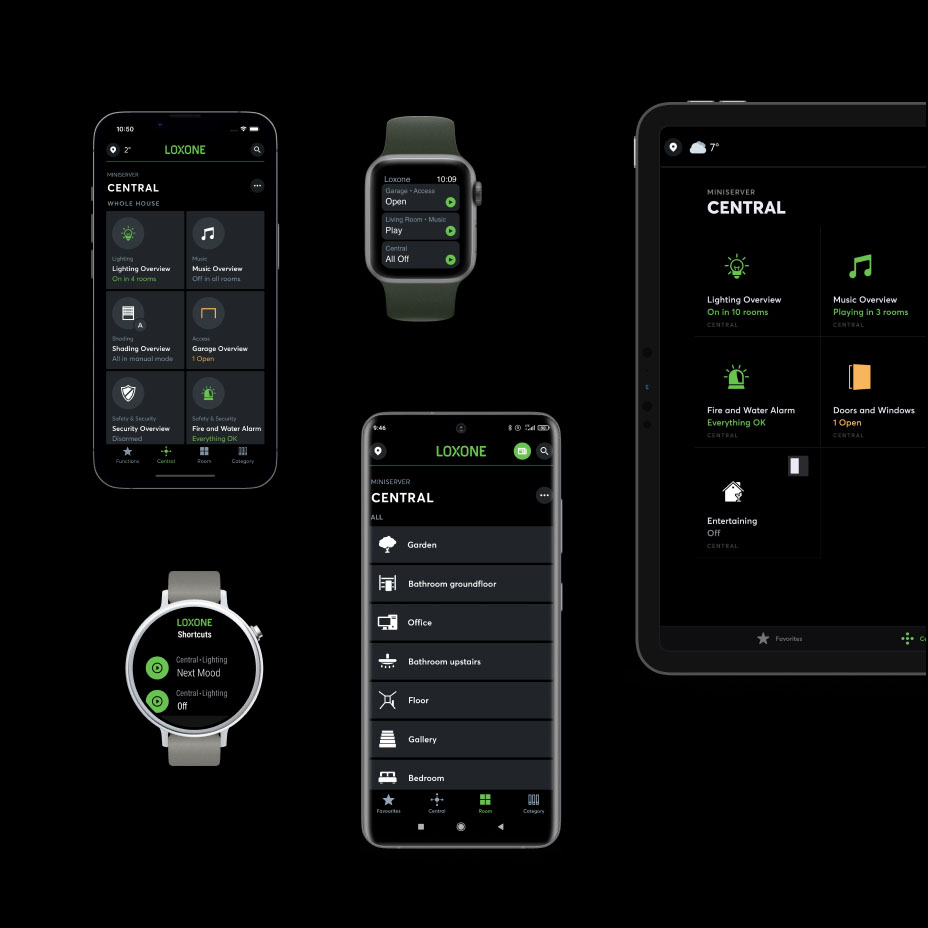

The Loxone App
Reference Projects
Your Free Project Consultation
Have you been dreaming of your own Loxone project for a while now, but don’t know how to get started? Our experts are here to support you, completely free of charge and without obligation.
